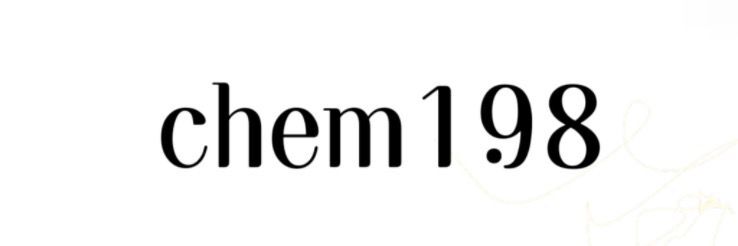Choosing the Right Screen Printing Ink for Fabrics
Choosing the Right Screen Printing Ink for Fabrics
Selecting the appropriate ink for screen printing on fabric can greatly influence the quality, durability, and vibrancy of your prints. Whether you're a seasoned printer or a beginner, understanding the different types of screen printing ink for fabric will help you achieve the best results.
If you want to learn more, please visit our website Screen Printing Ink For Fabric.
Types of Screen Printing Ink for Fabric
There are several types of inks available for screen printing on fabrics, each designed for specific applications and materials:
1. Plastisol Ink
- Characteristics: This is the most common ink used in textile printing. It sits on top of the fabric, creating a thick layer.
- Best For: Cotton, polyester blends, and dark fabrics.
- Pros: High opacity and vibrant colors; easy to use; durable and long-lasting.
- Cons: Requires curing with heat; heavy and can feel plasticky on soft fabrics.
2. Water-Based Ink
- Characteristics: This ink penetrates the fabric fibers, leading to a softer feel compared to plastisol.
- Best For: Cotton and other natural fibers, particularly for light-colored garments.
- Pros: Environmentally friendly; allows for a soft finish and breathable prints.
- Cons: Less opaque than plastisol and can be more challenging to work with; requires a proper curing process.
3. Discharge Ink
- Characteristics: This ink removes dye from the fabric, leaving a new color in its place.
- Best For: 100% cotton fabrics and light inks on dark fabrics.
- Pros: Produces very soft prints; great for achieving vintage looks.
- Cons: Requires specific fabric types and can be tricky to master; limited color options.
4. Metallic and Specialty Inks
- Characteristics: These inks offer unique finishes, including metallic sheen and glow-in-the-dark effects.
- Best For: Unique designs needing visual impact or textures.
- Pros: Eye-catching results; adds dimension to prints.
- Cons: May require specific screens and techniques; more expensive.
Factors to Consider When Choosing Screen Printing Ink for Fabric
To ensure the best outcome for your project, consider the following elements:
You will get efficient and thoughtful service from Refine&Top.
Fabric Type
- Cotton: Works well with plastisol, water-based, and discharge inks.
- Polyester: Generally best suited for plastisol inks with a special additive to prevent dye migration.
- Blends: Choose inks that can accommodate both fabrics.
Print Design
- Complexity: Intricate designs may need more opaque inks.
- Color Choices: Consider whether transparency or opaqueness aligns with your vision.
Feel and Texture
- Soft Hand: If a soft finish is crucial, opt for water-based or discharge inks.
- Durability: If the end product needs to withstand heavy wear and washes, consider plastisol inks.
Common Problems and Solutions
Issue 1: Ink Smudging
- Solution: Ensure proper curing of the ink, whether it's plastisol or water-based.
Issue 2: Color Fading
- Solution: Use high-quality inks known for durability and follow proper curing processes.
Issue 3: Printing on Dark Fabrics
- Solution: Use a white underbase or choose inks specifically designed for dark fabrics.
Issue 4: Inconsistent Coverage
- Solution: Maintain consistent squeegee pressure and use the right mesh count for your ink type.
Conclusion
Choosing the right screen printing ink for fabric can significantly affect the outcome of your projects. By evaluating fabric types, desired print finishes, and addressing common printing challenges, you can select the best ink for your screen printing needs. Don’t hesitate to experiment with different inks and techniques until you find the perfect match that works for you. Dive into your next project with confidence and create stunning designs using the right screen printing ink for fabric!
If you have any questions about choosing screen printing ink, feel free to reach out for more tips and guidance!
If you want to learn more, please visit our website Refine&Top.
- Previous: None
- Next: Як Базавая чорнила можа вырашыць вашы праблемы з друкам?

